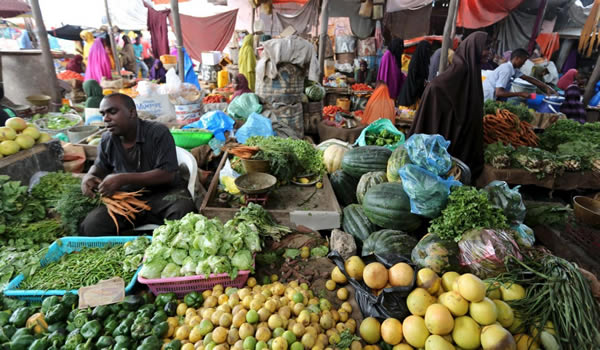Vulnerability Assessment In Somalia
The vulnerability assessment in Somalia adopted a cross-sectional observational study design with a mixed participatory method.
Project Details
Donor/Partner:
Ministry of Labour & Social Affairs (MoLSA) Somalia The study assessed the primary and secondary socioeconomic impacts of COVID-19 on the various livelihood groups in urban Somalia, and identify which households are most at risk of falling below the poverty line due to the consequences of COVID-19. The vulnerability assessment in Somalia adopted a cross-sectional and triangulated qualitative and quantitative approaches of data collection through household (HHs) interviews, key informant interviews, observations, stakeholder consultations and literature review.
Implementation
The vulnerability assessment in Somalia adopted a cross-sectional observational study design with a mixed participatory method. The aim was to collect rich-quality COVID-19 vulnerability/impact evidence using triangulated qualitative and quantitative approaches comprising of household (HHs) interviews, key informant interviews, observations and stakeholder consultations or engagements. The proposed approach enabled the team to obtain optimal, relevant and multidimensional information/data from the target groups and equally enable a more in-depth and meaningful interpretation of quantitative household survey data. The approach provided a means to quantitatively substantiate (or refute) qualitative data gleaned from focus group discussions and key informants. These primary data sources were supplemented by secondary data sources, particularly data on Labour market, IDPs and other relevant study components.













